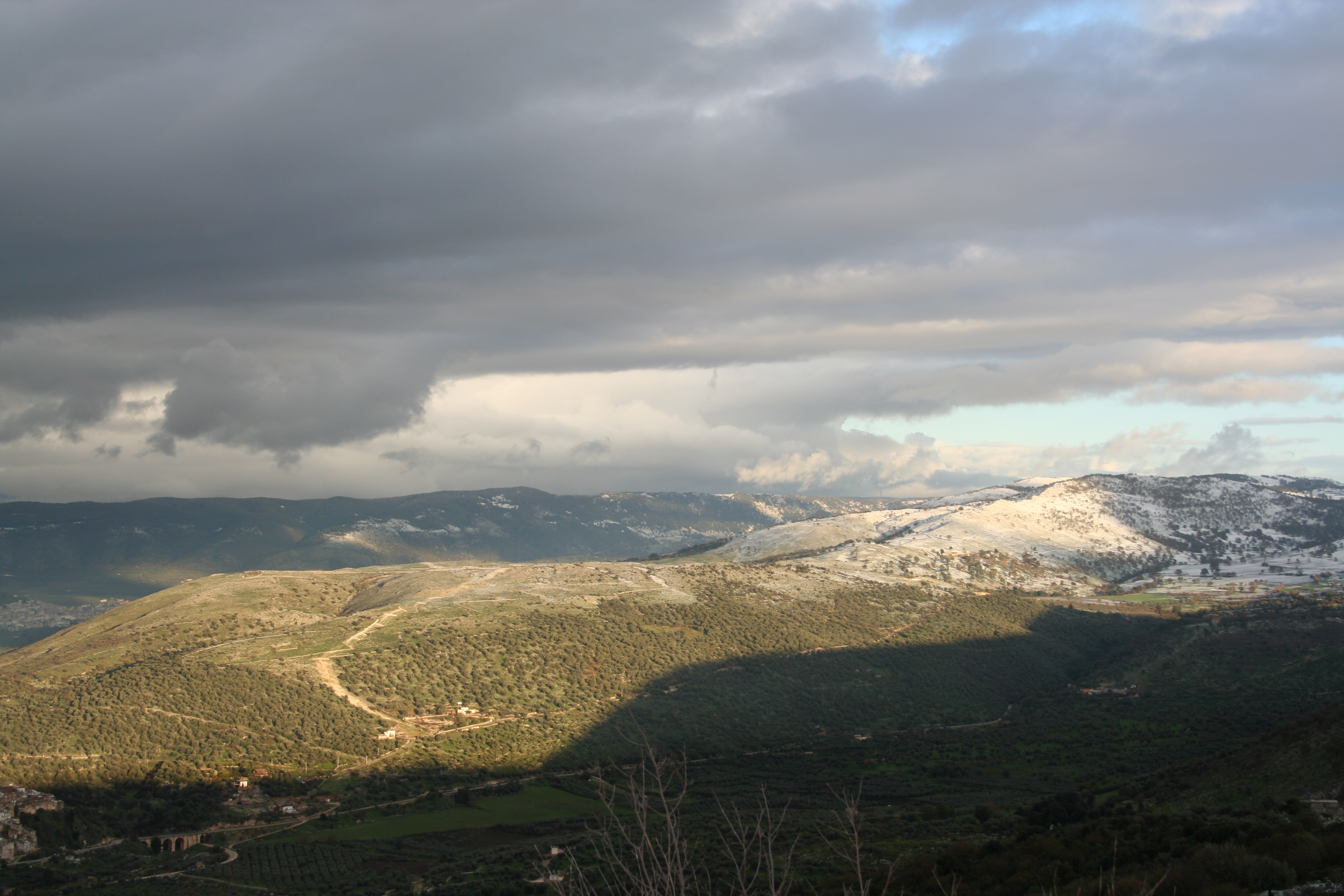In environmental sciences, protected natural areas are natural areas, established through specific laws at national or regional level by public institutions or private individuals, such as research institutes or charities, with the function of preserving the environmental balance of a specific place, increasing its or maintaining its integrity and biodiversity.
Depending on the level of protection guaranteed by the laws of each individual State, protected natural areas are divided into the categories of the International Union for Conservation of Nature (IUCN - International Union for the Conservation of Nature), a non-governmental organization that carries out a coordination role between different organizations in environmental matters. They are suppressed if the conditions suitable for achieving their purposes no longer exist and for modifications certified by the National Institute for Wildlife, on the basis of censuses of the species of interest.[citation needed]
Characterized by heterogeneous landscapes and inhabited by different species of plants and animals, they are intended for the refuge, reproduction and resting place of wildlife, where hunting is prohibited - except for reasons of control of supernumerary wildlife species. This selective control can be practiced by capture, when the National Institute for Wildlife (now merged into ISPRA) verifies the ineffectiveness of other methods.
History
Vanoise National Park, the first French park
Since ancient times it was understood that an entire territory or portions of it had to be considered and used differently because it possessed characteristics that made it particular compared to the surrounding places. According to some scholars, the idea of preserving a place can date back 40,000 years; furthermore, this idea can be found in both Christian and Eastern cultures. After the idea of the "sacred woods", typical of the Roman and Celtic cultures, in the Carolingian age, a form of protected area took hold: the "hunting reserve", where hunting was practiced which was an art noble and symbolic, but also useful for preparing for wars. During the Middle Ages we witnessed the construction of gardens and its evolution with the "fourteenth-century park" where an increasingly refined technical expertise was found.
The real turning point came in 1826 when in the Kingdom of the Two Sicilies it was decided to conserve the woods of Montecalvo, San Vito and Calvi; in the United States in 1832, the Hot Springs Reservation, and in 1853 the Fontainebleau Reservation in France. Thanks to the influence of Romanticism, nature began to be thought of as an aesthetic resource and green spaces began to be designed in European cities as an integral part of the urban context. In the second half of the nineteenth century, the debate began on the opportunity to protect territories of objective beauty and wealth to protect them from the transformation and loss of identity due to the development of settlements. In 1866 we therefore witnessed the birth of the first national parks in the world, Glacier National Park in Canada and Yellowstone National Park in the USA, with an official act of 1872; Furthermore, the Royal National Park in Australia (1879), the Canadian one in Banff (1885), the Tongariro one in New Zealand (1894) and the Kruger National Park in South Africa (1898) should be remembered. With the arrival of the 20th century, the idea spread in Europe that a territory deserved attention for its historical and archaeological aspects as well as its naturalistic and geological ones; This led to the creation of the Swiss Engadine National Park.
The differences between European and American parks are notable; in fact, while in the new continent conservation actions were implemented in uncontaminated and sparsely populated areas, in the old continent the areas to be safeguarded are highly anthropized. The issue was addressed in 1933 in London during the "International Conference for the Problems of the Protection of Fauna and Flora" which established that man should enter those places only as a visitor. Gradually, however, the economic aspect was taken into consideration which allowed the carrying out of human activities compatible with the protection of the area. Since 1961, the IUCN has published and updated the official list of national parks and equivalent resources on behalf of the UN.
Gran Paradiso National Park (Colle del Nivolet), the oldest in Italy
In 1992 the IUCN defined the protected area as «a strip of territory, more or less extensive, where guidelines, directions and rules are applied for the use of the environment by man which allows for the conservation and/or experimentation of methods , forms and technologies suitable for managing the planet's resources in a balanced way with other living species (plants and animals).
 Русский
Русский  Spanish
Spanish  日本語
日本語  Italiano
Italiano  Ελληνικά
Ελληνικά  Deutsch
Deutsch  French
French  English
English 